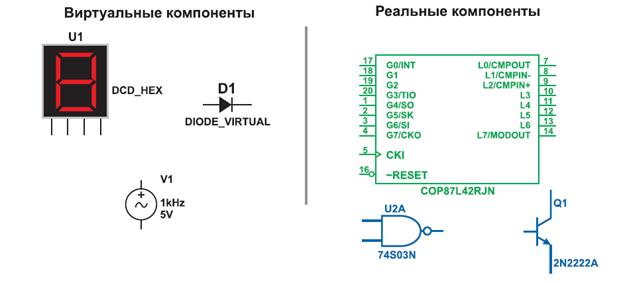Hierarchy
An HTM network consists of regions arranged in a hierarchy. The region is the main unit of memory and prediction in an HTM, and will be discussed in detail in the next section. Typically, each HTM region represents one level in the hierarchy. As you ascend the hierarchy there is always convergence, multiple elements in a child region converge onto an element in a parent region. However, due to feedback connections, information also diverges as you descend the hierarchy. (A “region” and a “level” are almost synonymous. We use the word “region” when describing the internal function of a region, whereas we use the word “level” when referring specifically to the role of the region within the hierarchy.)
Figure 1.1: Simplified diagram of four HTM regions arranged in a four-level hierarchy, communicating information within levels, between levels, and to/from outside the hierarchy
It is possible to combine multiple HTM networks. This kind of structure makes sense if you have data from more than one source or sensor. For example, one network might be processing auditory information and another network might be processing visual information. There is convergence within each separate network, with the separate branches converging only towards the top.
Figure 1.2: Converging networks from different sensors
The benefit of hierarchical organization is efficiency. It significantly reduces training time and memory usage because patterns learned at each level of the hierarchy are reused when combined in novel ways at higher levels. For an illustration, let’s consider vision. At the lowest level of the hierarchy, your brain stores information about tiny sections of the visual field such as edges and corners. An edge is a fundamental component of many objects in the world. These low-level patterns are recombined at mid-levels into more complex components such as curves and textures. An arc can be the edge of an ear, the top of a steering wheel or the rim of a coffee cup. These mid-level patterns are further combined to represent high-level object features, such as heads, cars or houses. To learn a new high level object you don’t have to relearn its components.
As another example, consider that when you learn a new word, you don’t need to relearn letters, syllables, or phonemes.
Sharing representations in a hierarchy also leads to generalization of expected behavior. When you see a new animal, if you see a mouth and teeth you will predict that the animal eats with his mouth and that it might bite you. The hierarchy enables a new object in the world to inherit the known properties of its sub- components.
How much can a single level in an HTM hierarchy learn? Or put another way, how many levels in the hierarchy are necessary? There is a tradeoff between how much memory is allocated to each level and how many levels are needed. Fortunately, HTMs automatically learn the best possible representations at each level given the statistics of the input and the amount of resources allocated. If you allocate more memory to a level, that level will form representations that are larger and more complex, which in turn means fewer hierarchical levels may be necessary. If you allocate less memory, a level will form representations that are smaller and simpler, which in turn means more hierarchical levels may be needed.
Up to this point we have been describing difficult problems, such as vision inference (“inference” is similar to pattern recognition). But many valuable problems are simpler than vision, and a single HTM region might prove sufficient. For example, we applied an HTM to predicting where a person browsing a website is likely to click next. This problem involved feeding the HTM network streams of web click data. In this problem there was little or no spatial hierarchy, the solution mostly required discovering the temporal statistics, i.e. predicting where the user would click next by recognizing typical user patterns. The temporal learning algorithms in HTMs are ideal for such problems.
In summary, hierarchies reduce training time, reduce memory usage, and introduce a form of generalization. However, many simpler prediction problems can be solved with a single HTM region.
|






